Dal Chawal Palidu – each conversation about the Bohri cuisine would have a mention of this classic preparation. I was so looking forward to featuring it here on the blog. Once Zehra and I planned, in vain, to cook along. On the hind side, I am glad that adventure did not succeed. I wouldn’t have done justice to this dish had I cooked it. The next obvious thing to do was to find my way into a Bohri Kitchen. Miraculously, one fine evening I happened to meet Nafisaben Boxwala, after a warm and interesting conversation I got invited into her kitchen, to see her cook Dal Chawal Palidu and much more. We agreed to keep things simple and just cook the Dal Chawla Palidu. Gracious and charming Nafisaben is an engineer who loves to cook and feed. Some 6-8 months after the meeting I was in her sparkling kitchen. The mis en place was impeccable, all the required veggies were chopped in various iszes, masalas were measured and piled, rice was in its destined patili, to save our time she had already cooked the dal and strained its water.
This seemingly simple rice -dal dish is rather intricate with several elements that require to be individually cooked. Each element required perfection. It also has the Persian Rice like Tahdig bottom which she calls Comti. I am so glad I did not attempt to give it a try in my kitchen.
Camera shy that she is, Nafisaben requested to remain behind it. I have not edited the conversation where she shares the nuances to this classic, the conversation reveals that Palidu will always have fenugreek seeds in tempering, drumsticks and bottle gourd are the only vegetables that find their way into the Palidu, ways of checking the doneness of Palidu, how to test if the rice has crisped up at the bottom or Comti has formed… numerous intricate details to get the dish right. Do watch the video. It will help you understand the steps. It was difficult to measure all that Nafisaben added. Nonetheless, the recipe here is how she specified.
Once the recipe and detailed method to Dal Chawal Palidu was accomplished, I reached out to Zehra Chapiwala for a narrative to the significance of this Bohri classic. As always Zehra pitched in with a comprehensive description about Dal Chawal Palidu…
Thank you Nafisaben for introducing me to Dal Chawal Palidu. I cannot have though of a better host and tutor.
Zehra, you will be here more often and thank you for the support you have been.
Zehra Chhapiwala writes about the Bohri classic Dal Chawal Palidu.
It does not matter whether the occasion is an auspicious one or mortuary, you are sure to find DCP in the thaal. Short for Dal Chawal Palidu, this layered rice dish is quintessentially Bohra.
Dawoodi Bohras belong to the Fatimid dynasty that established the city of Al-Qahera or Cairo as we know it today. From Cairo they migrated to Yemen and from there to Gujarat along the trade routes. Along with African and Persian influences, the single biggest influence on the Bohri cuisine is that of the state and its language, they adopted, Gujarati. Perhaps, this is why our comfort food is vegetarian.
As the name suggests, DCP has three distinct parts, Dal which is Tur dal, Chawal (rice) and Palidu, the accompanying curry that is made from the drained water of tur dal. The proportion of dal to rice is mostly 1:3. Tur dal is soaked for at least half an hour before it is par boiled. It is boiled in a lot of water as the water is then drained and used for making the palidu. The par boiled tur dal is then tempered with jeera, onions, tomatoes, green chillies mixed with dabba no masalo. Our spice boxes will always have salt, turmeric, red chili powder and havaj (dry roasted and pounded coriander and cumin powder). This and the tempering of the palidu is done in copious amounts of oil. The oil in palidu helps the flour to cook evenly without sticking to the vessel and burning. When the dal is layered between the rice, its masala infused oil flavors the rice layer beneath it and forms a crispy , golden layer called khurchan. That is why the DCP is always cooked in an aluminium vessel so that a layer of rice sticks to it bottom that can later be scraped and eaten with great relish. Family members fight over and steal chunks of khurchan in the thaal!
There’s a birthday, the lady of the house will be in kitchen measuring tur dal, scraping and dicing bottle gourd for the palidu and soaking rice for DCP. Oh we have guests coming, bay leaves, cloves and cinnamon are added to the tempering of tur dal before layering it between basmati rice. A generous ladle of ghee is poured before the tapeli (pot) is shut and put on low flame. Ah, the tantalising aroma of it all!
If it’s made on one of the days during marriage celebrations, then minced mutton is added for the festive touch and the palidu will have drumsticks. They make it smell and taste heavenly. This version of DCP is called Tuvar Pulav . But what if you are on dietary restrictions of no oil, not to worry, you can still enjoy this simple dish by making chhutta (separate) DCP. In this version, the dal is boiled completely and added to cooked rice just before spooning in the palidu and slurping it off the thaal.
While there are families that make palidu from besan (like mine), there are some who make it from wheat flour. While many squeeze in lemon for that tangy flavour, some use kokum. Most of our kitchens would have that one packet of kokum stored zealously for adding to our palidu! It tastes best when it is mildly tangy. Now add drumsticks or bottle gourd or keep it plain, there is no single way to garnish this curry.
Simple, nutritious and lip smacking, our festive dinners are incomplete without DCP. Every family has it’s own favourite way of making it and the recipe is then handed down as a heirloom. Trust me, this slightly lengthy recipe is totally worth the effort. Ask a Bohri !
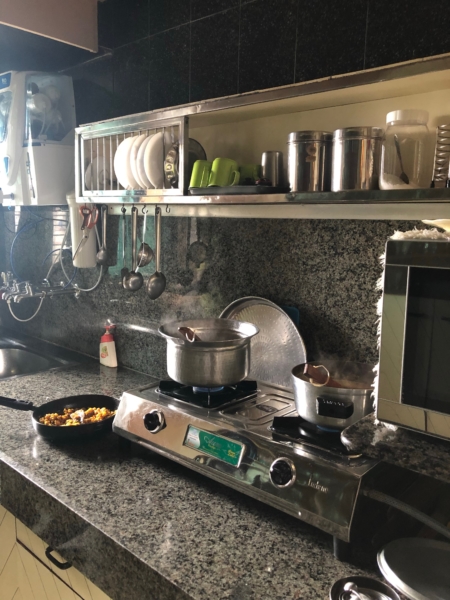
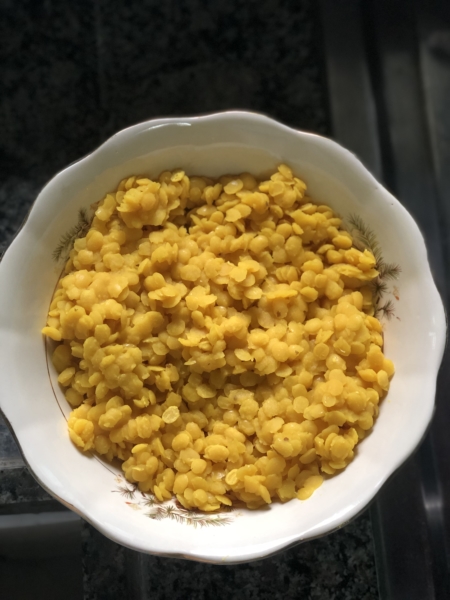
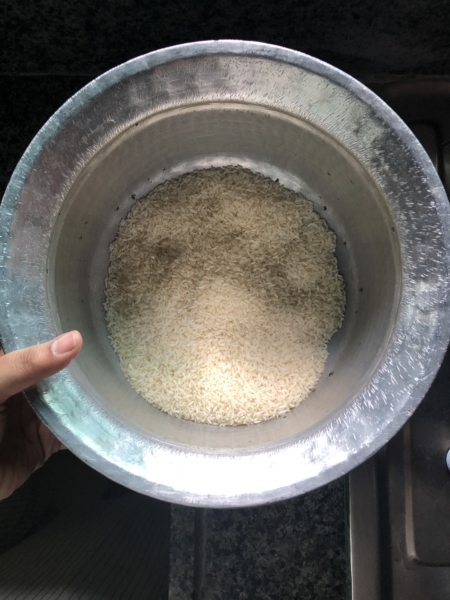
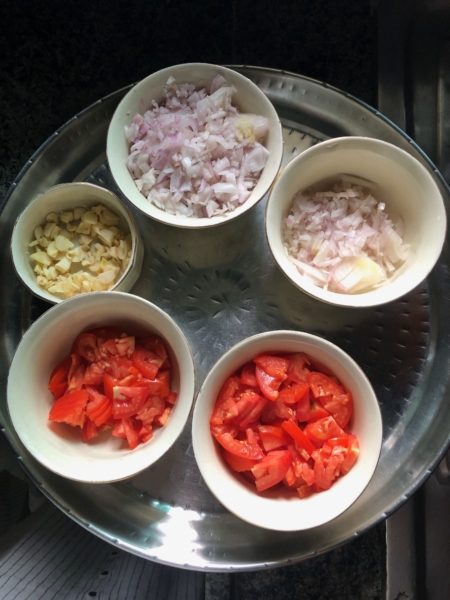
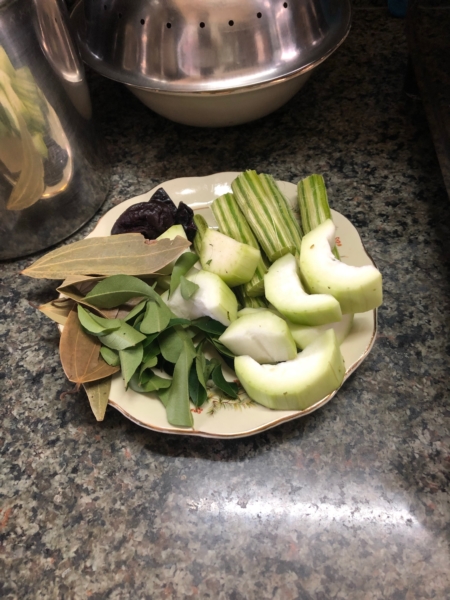
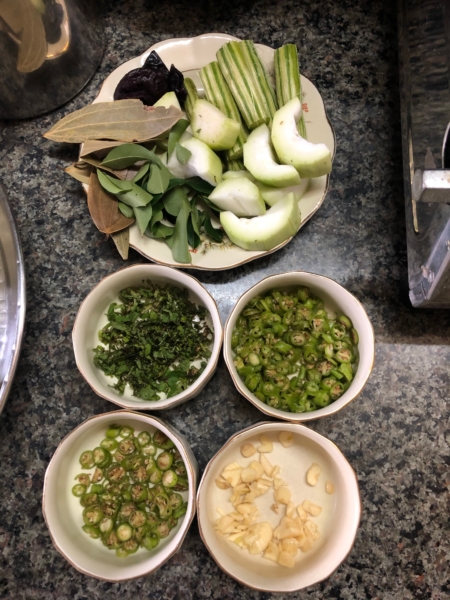
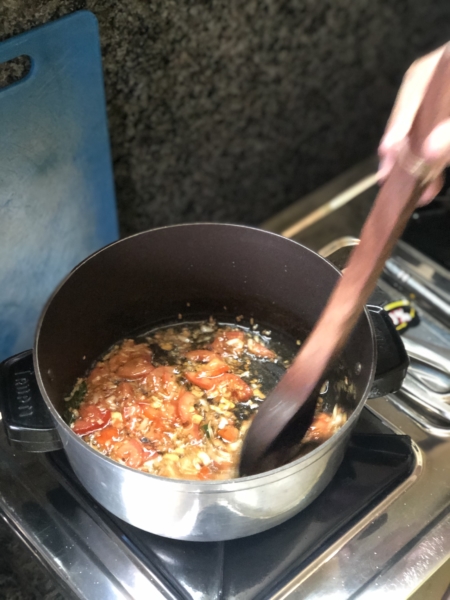
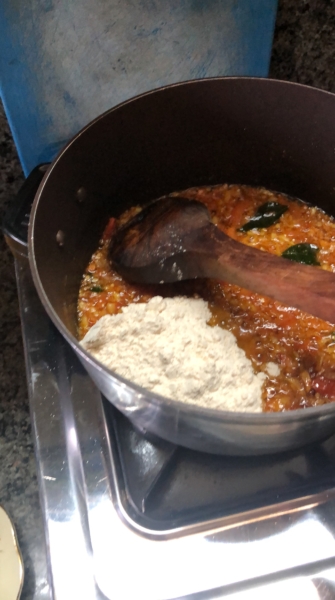
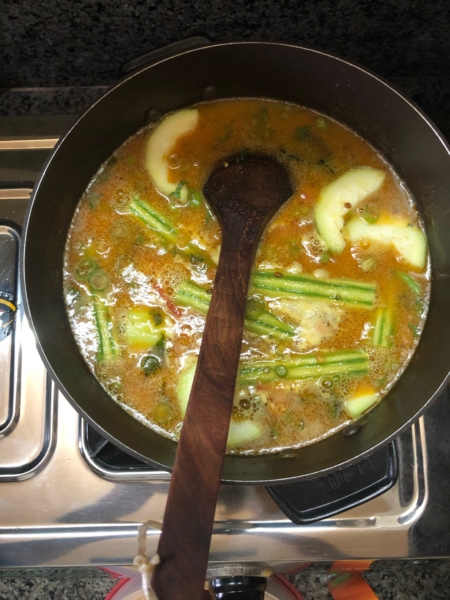
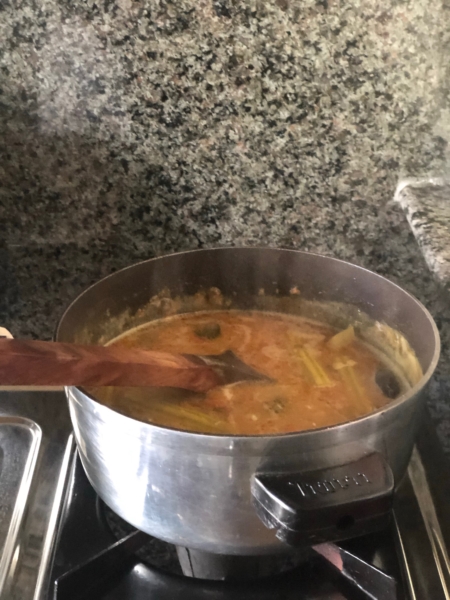
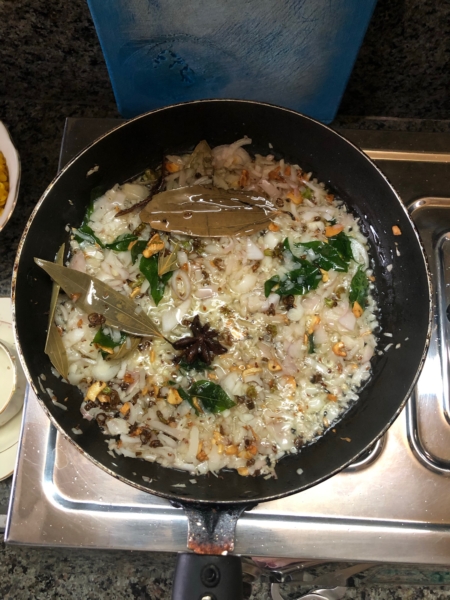
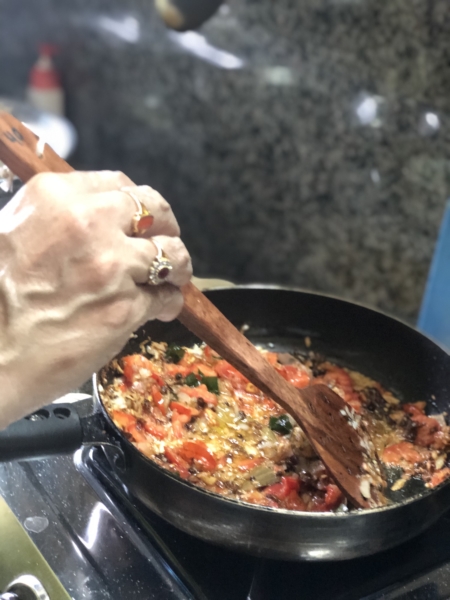
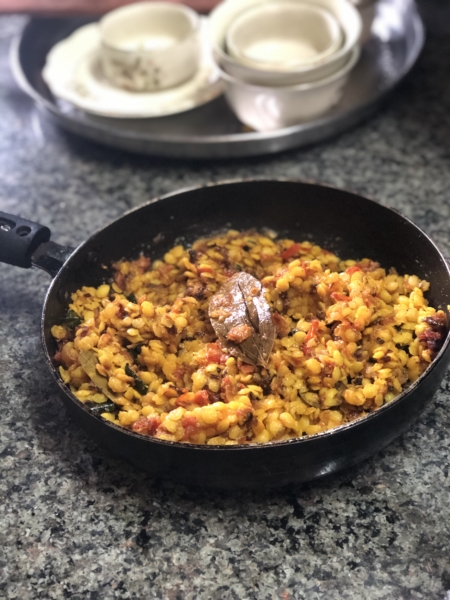
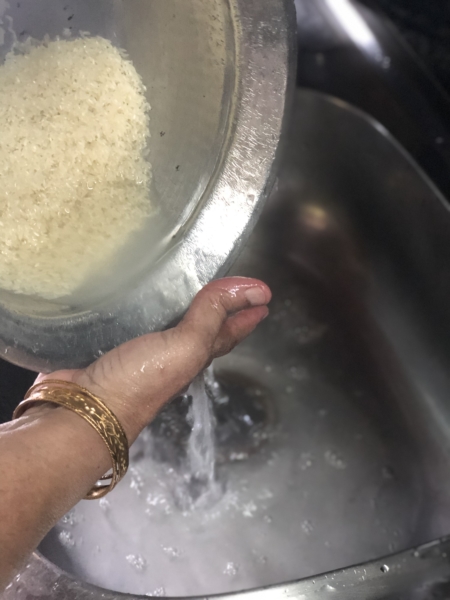
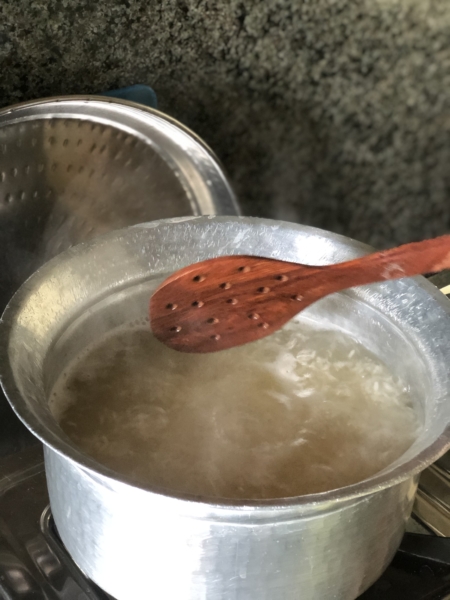
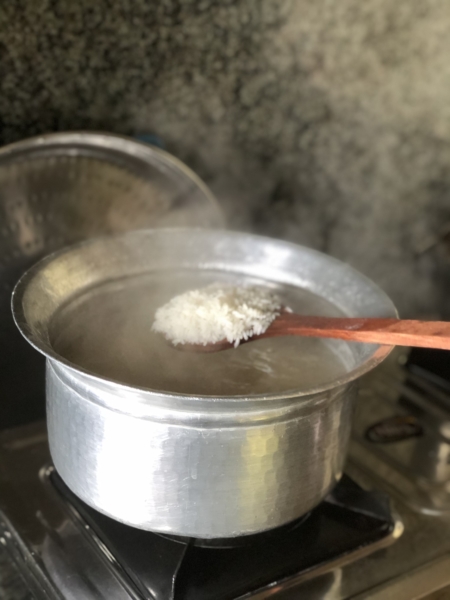
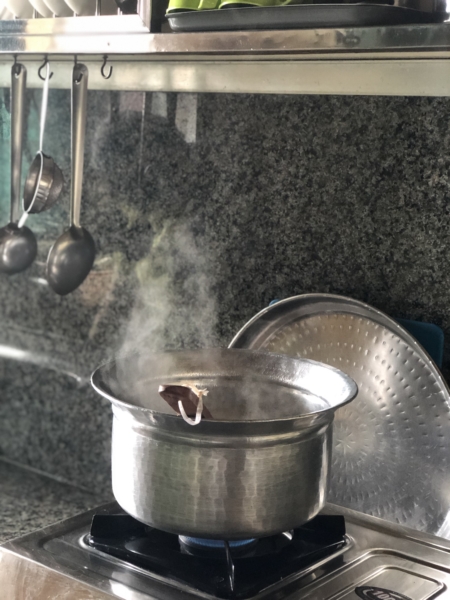
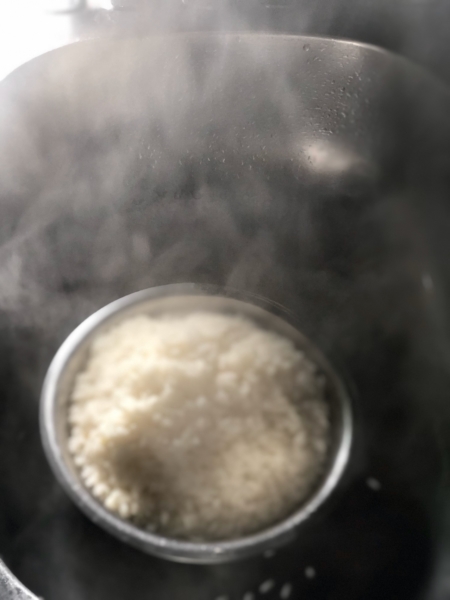
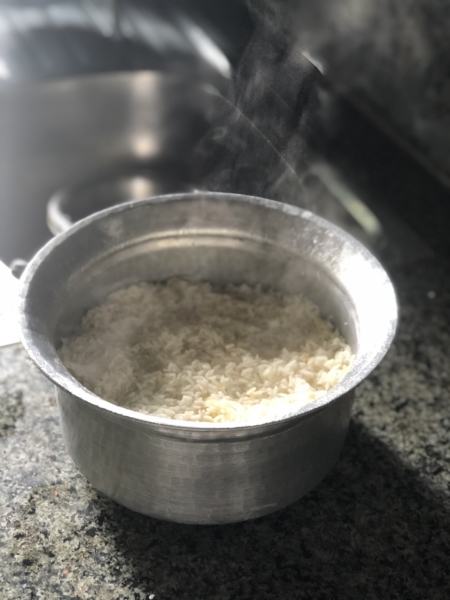
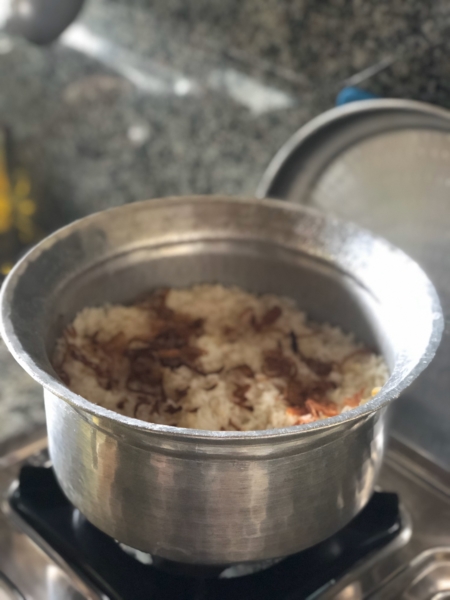
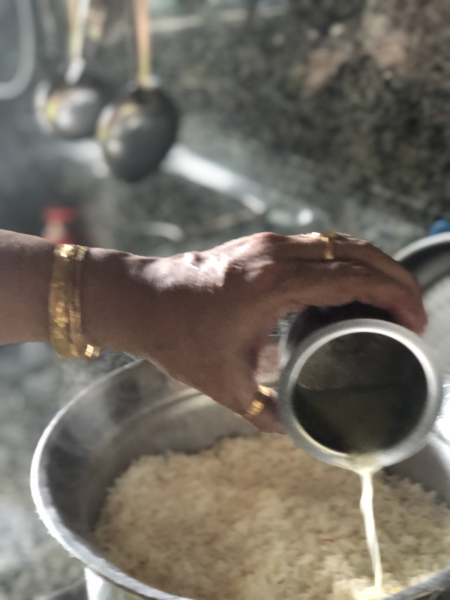
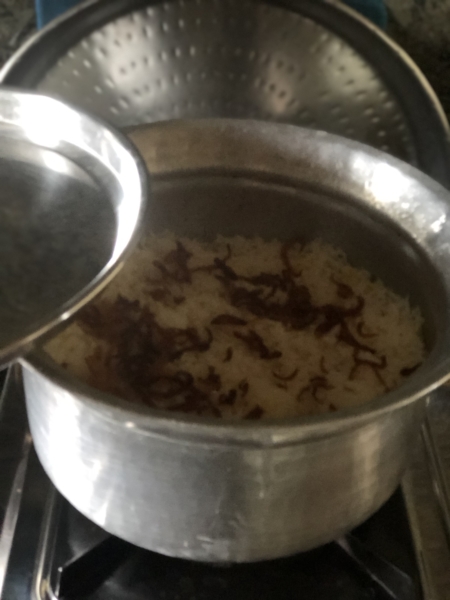
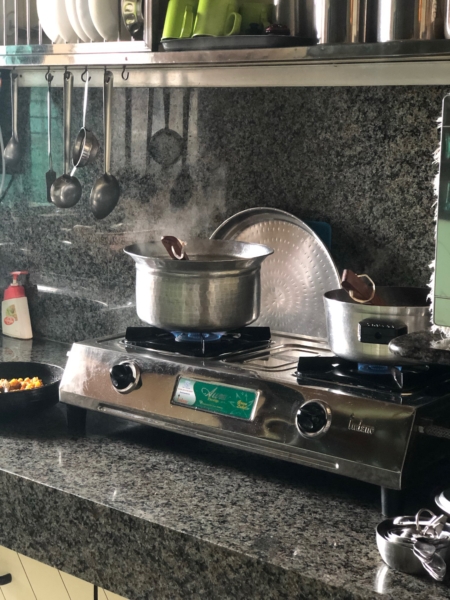
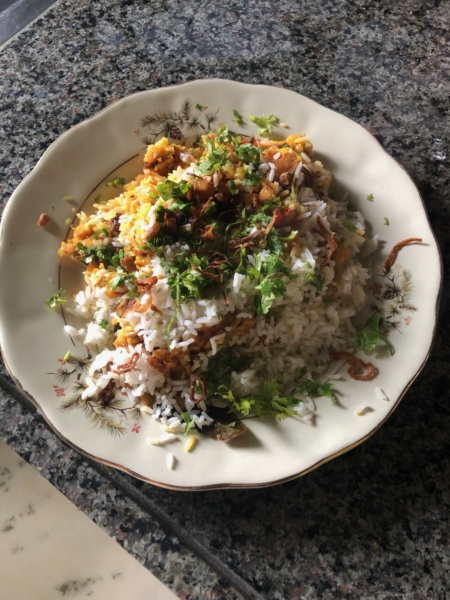

Dal Chawal Palidu
Ingredients
- Palidu
- Dal water/awsaman
- 2 onions
- 2 tomatoes
- 6-7 cloves garlic
- 2-3 green chilies
- 1/4 cup mint leaves, cut in ribbons
- 1 spring curry leaves
- 2-3 Kokum
- 2 drum sticks/saragvo, peeled and cut in finger sized sticks
- 1/2 cup bottle gourd/doodhi, peeled and cut the way seen in the pictures .
- 1 teaspoon cumin seeds
- 1/2 teaspoon fenugreek seeds
- 1/2 teaspoon turmeric powder
- 1/2 teaspoon red chilli powder
- 2 teaspoon coriander-cumin seeds powder
- 1/4 cup whole wheat flour
- 4 tablespoon oil
- sal to taste
- Dal
- 3/4 cup toor dal/split pigeon peas
- 6-7 cloves garlic
- 2 large onions, chopped
- 3 tomatoes, chopped
- 4 cloves
- 1 stick cinnamon
- 1 star anise
- 8-10 black pepper corns
- 3 bay leaves
- 1 spring curry leaves
- 1 teaspoon turmeric
- 1 red chili powder
- teaspoon coriander and cumin seeds powder
- 1/2 teaspoon garam masala
- salt to taste
- 3 tablespoons + 1 teaspoon oil
- 2 cups rice, small grained - jeerasar
- salt
- Barista to garnish
- coriander to garnish
- ghee
Instructions
Wash and soak the dal for 30 minutes.
In a pressure cooker, add the dal, 1 teaspoon turmeric powder, little salt, 1 teaspoon oil. Bring the dal+water to boil before shutting the lid, Cook the dal in a pressure cooker for 1 whistle. Immediately release the pressure and open the lid. The dal has to be 3/4 cook or par boiled. Check the doneness. When pressed between two fingers it should not press completely. Drain the dal and reserve the liquid. That is the liquid to make Palidu. Transfer the Dal to another container and allow it to cool completely.
To prepare the Palidu:
In a large sauce pan, take 3-4 tablespoons of oil.
Add cumin seeds, methi seeds, garlic. Sauce the garlic till they turn brown.
Add the green chillies, onions and curry leaves.
Cook the onions until they turn golden brown. Add the chopped tomatoes.
Cook till tomatoes wilt down.
Add the turmeric powder, chili powder, coriander and cumin seeds powder.
Cook all the spices.
Now add the whole wheat flour and cook the roux till the oil separates from the wheat flour, 2-3 minutes.
Add the reserved water and chopped vegetables and mint.
Add the kokum. And 3 cups or water enough to give the Palidu thin soup like consistency. Add salt, remember that the dal water already had some salt.
Cook the Palidu until the bottle gourd and drumsticks are completely cooked and you see the oil floating on the top of Palidu. It takes around 20-25 minutes of uncovered cooking on medium flame.
Look for the mentioned signs to ensure that the Palidu is cooked well.
Now to make the dal, take a wide frying pan.
Place on medium heat, add oil, whole spices and cook for a minutes.
Add the garlic, cook till brown and add onions and curry leaves.
Cook till the onions are golden brown, add tomatoes. Continue to cook till the tomatoes have cooked.
Add the dry spices - turmeric, chili powder, dhana+jeeru and garam masala. Cook the spices for a minutes.
Now add the drained and cooled dal.
Very gently mix the dal in with the cooked onion +tomato masala.
Check and adjust the salt to taste.
Remove the dal from the flame and cool it completely.
Now to cook the rice.
Take a large saucepan or patili.
Wash and drain the rice.
Par boil the rice in lots of water with salt added.
The rice has to be 3/4 done, just as we cook it for biryani.
Drain the cooked rice.
Now put the same patili on flame, add 2 tablespoons of ghee.
Spread half the rice to form a nice layer.
Spread all the dal over the rice to form a second layer.
Spread the remaining rice over the dal to for a third layer.
Now pour 1/4 cup of ghee over the top.
Cover and cook the Dal + Chawal over slow flame.
Continue to cook till water sprinkled over the patili sizzles and dries. This indicates that the crust has formed and the bottom and the dal-rice have cooked completely and the flavours are well combined.
Another indicator of the crust forming at the bottom is to place the hot patili over water spread on kitchen top. If it sizzles the crust has formed.
Garnish with Barista and chopped coriander.
Carefully plate the Dal and Chawal and serve with a bowl of hot Palidu.
Notes
Oil helps cook the onion - tomato better, brings out the flavours of masalas hence, Nafisaben insists not to compromise on the quantity of oil in making this dish. Methi/fenugreek seeds are a must in Palidu. Small grained rice gives uniform texture to the dish. Long grained rice tend to stay apart and not mix well. Remember, the rice and dal have to be 3/4 cooked initially. Aluminium pan for the final cooking of Dal Chawal is advisable. Non-stick will not succeed in giving you the brown crust at the bottom.
About Zehra Chhapiwala
After earning her credentials in Economics and Environment Education, Zehra realised her passion for history, heritage, culture and travel. When not reading, you will find her editing and curating content of Virasat-e-Hind Foundation where she works as Social Media Coordinator.

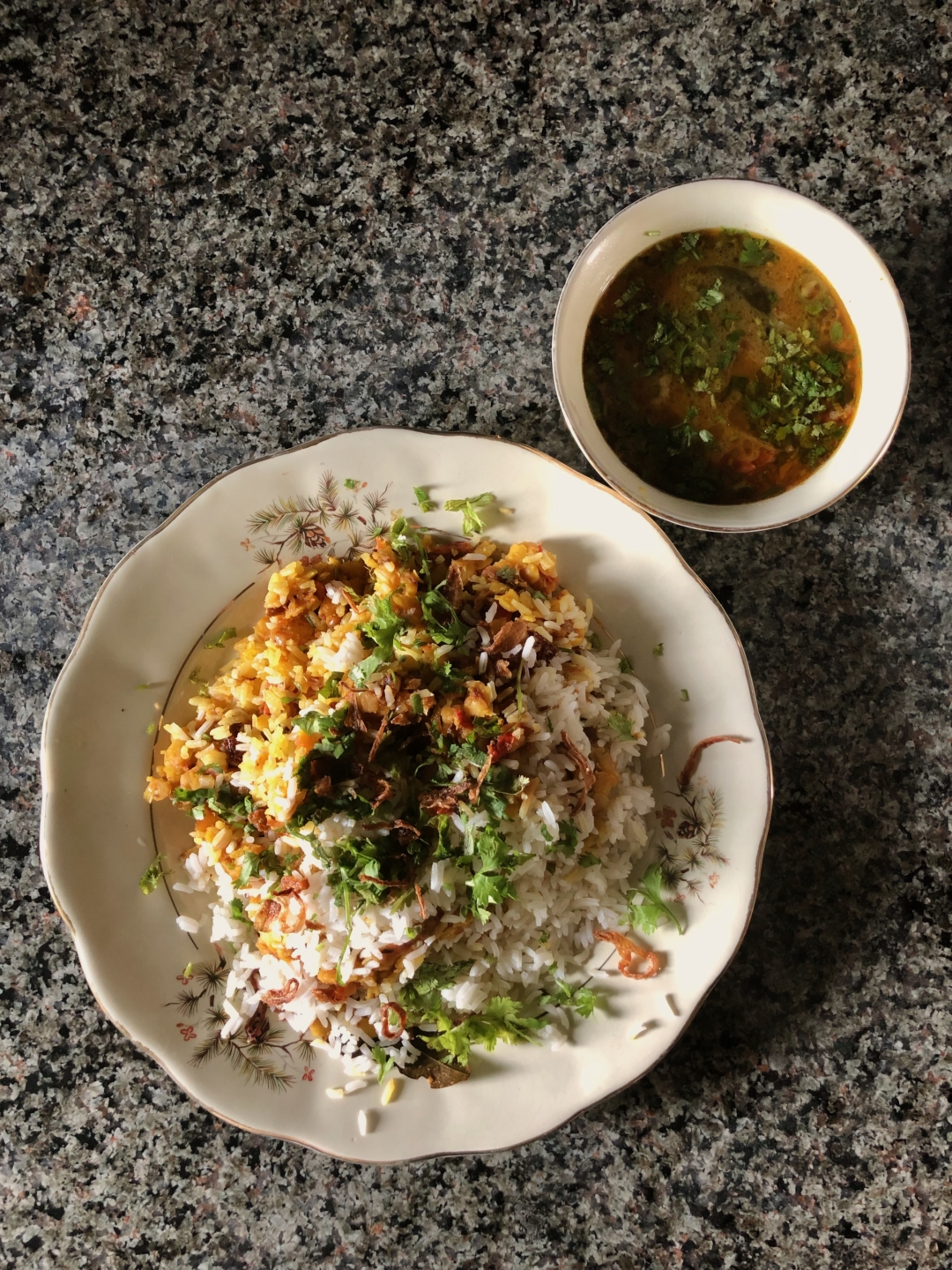

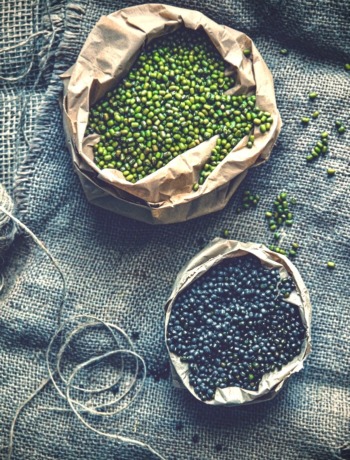
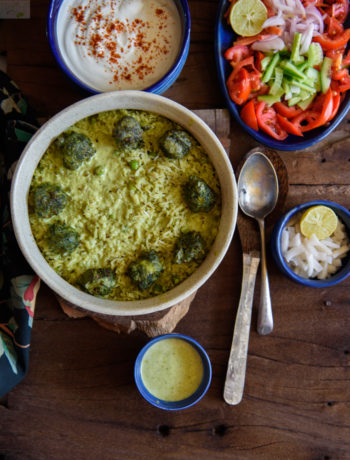
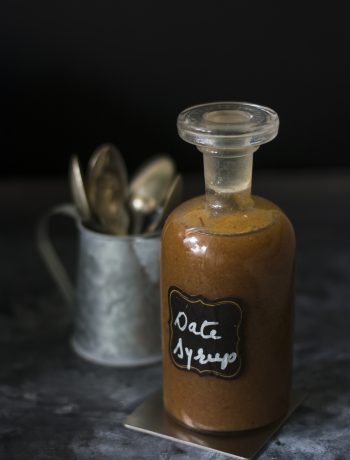
2 Comments
Farida Juzer Anverali
June 3, 2020 at 10:03 pmAmazing.. amazing.. amazing. Finger licking good recipe. Thank you
Sheetal
June 4, 2020 at 11:33 amTrust me, it was one of the best meals of my life. 🙂